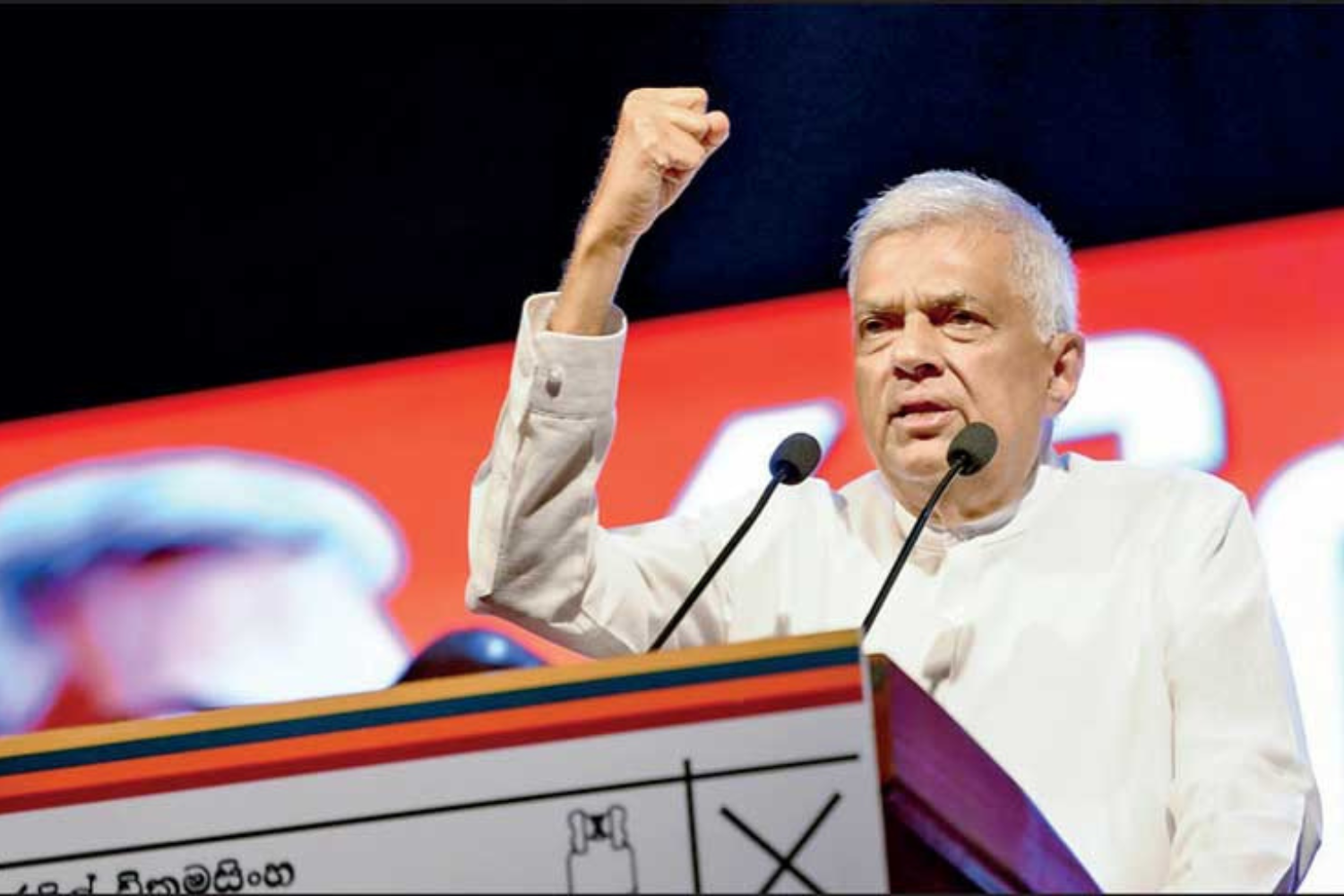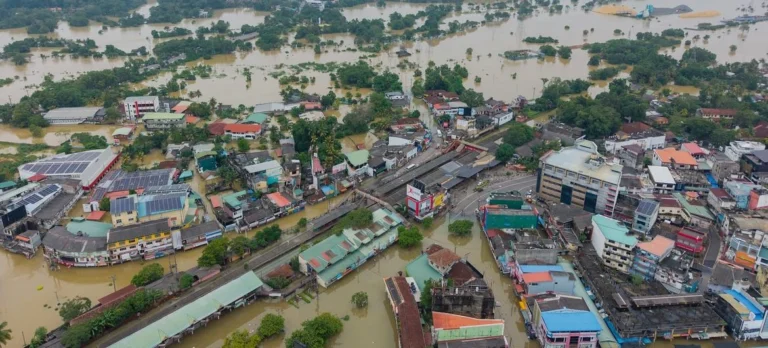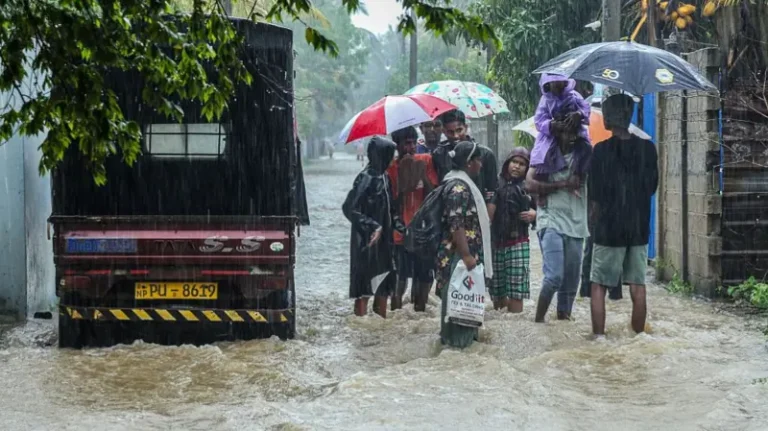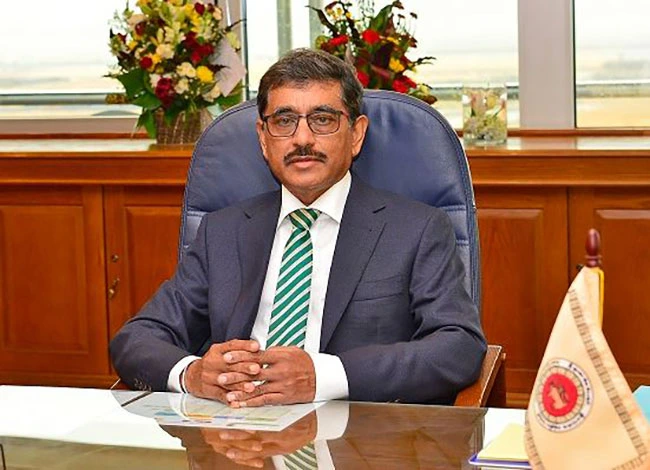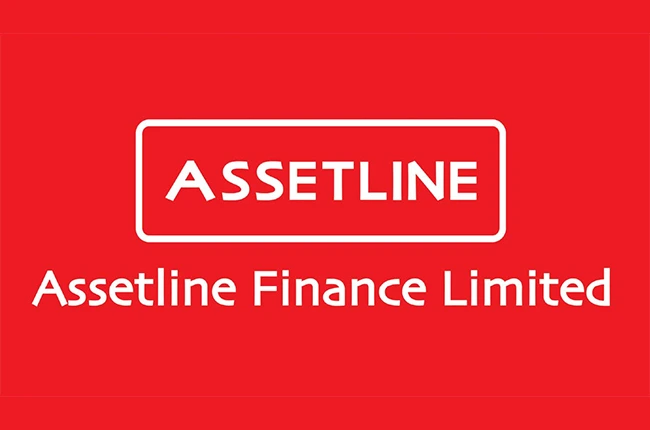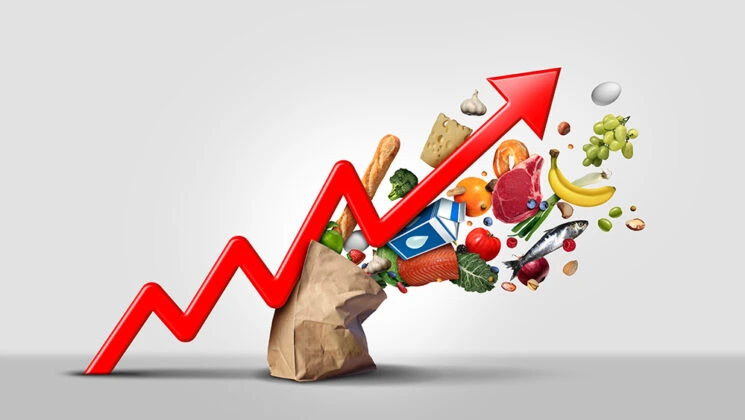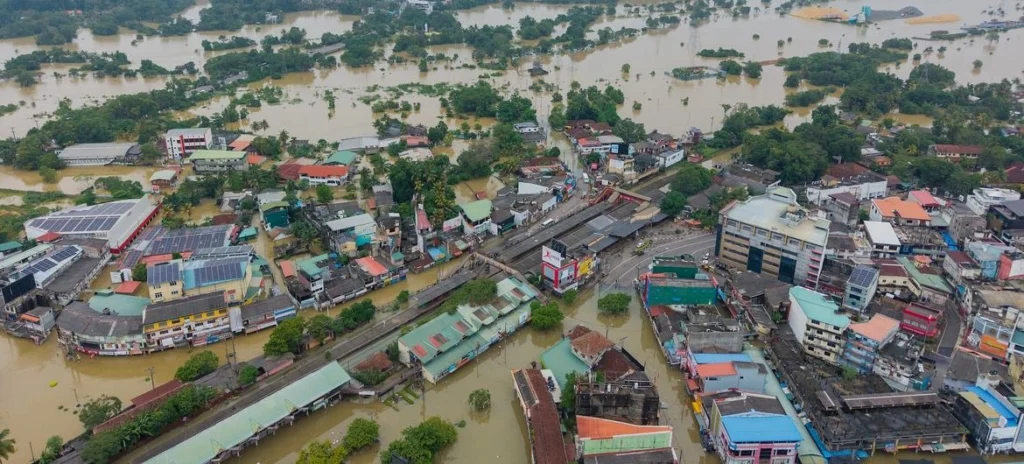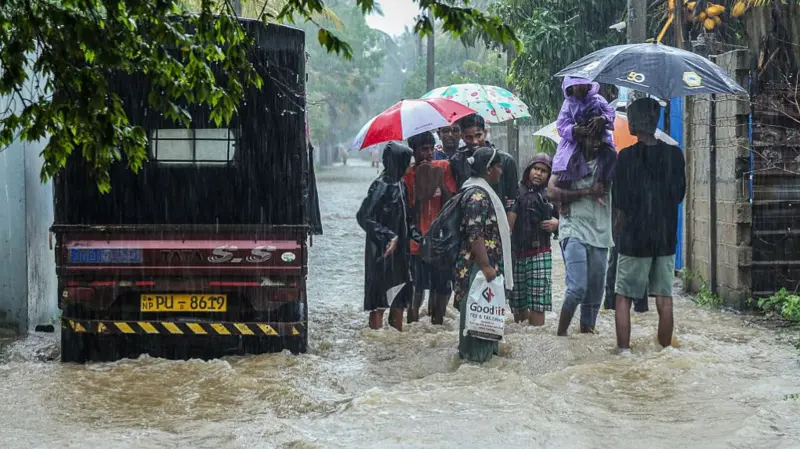At his final campaign rally in Central Colombo on the eve of the 21 September Presidential election, President Ranil Wickremesinghe made a significant announcement(Eliminating Bankruptcy Status): Sri Lanka is on the verge of officially eliminating its bankruptcy status. This monumental achievement marks a critical step in the country’s recovery from one of the worst economic crises in its history. With the announcement of a new agreement with a group of private bondholders, the President expressed confidence in the future of Sri Lanka’s financial stability.
Wickremesinghe’s message was clear and optimistic: the groundwork has been laid for a brighter economic future, but sustained efforts will be needed to ensure lasting success. His administration has focused on rebuilding the economy, and the President’s campaign is built on a foundation of continuing the reforms already in progress.
Securing International Support for Debt Restructuring

President Wickremesinghe began his speech by highlighting the successful negotiations with international financial institutions like the International Monetary Fund (IMF), World Bank, and Asian Development Bank. These partnerships have been instrumental in helping Sri Lanka restructure its crippling debt.
The President explained that after extensive discussions, the government had reached agreements with 17 countries regarding the management of their bilateral debts. Additionally, crucial talks with China were also underway. This diplomatic and financial diplomacy is aimed at easing the country’s financial burden, ensuring a more stable economic environment.
Most notably, Wickremesinghe revealed that the government had secured an agreement with a third group of private bondholders. The agreement, expected to be signed within days, is the final piece needed to officially declare Sri Lanka free from bankruptcy. This development is not only a testament to the administration’s economic efforts but also positions the country for a stronger, more secure future.
Importance of Political Stability for Continued Recovery
While the announcement of nearing the end of Sri Lanka’s bankruptcy status was met with enthusiasm, Wickremesinghe also struck a tone of caution. He reminded voters that while the economy had stabilised, much more work remained to be done. “We have completed the first phase of recovering Sri Lanka from bankruptcy,” the President stated, adding that the country still needed two to three more years to fully recover and create a robust economy.
He underscored that changing course at this critical juncture could undo much of the progress made. “If we alter these agreements as some parties suggest, the flow of international funds will stop, and we will not be declared free from bankruptcy,” Wickremesinghe warned. This statement was clearly aimed at voters, urging them to re-elect him to ensure that the country does not lose the momentum it has gained. The President positioned political stability as a prerequisite for continued economic recovery.
Progress Made Under the Current Administration
Wickremesinghe also pointed to tangible improvements in the economy that have taken place under his administration. The Sri Lankan rupee has stabilised, and commodity prices, which had skyrocketed during the height of the crisis, have started to come down. He noted that government salaries have been increased, and relief measures such as a threefold allowance for those in need have been implemented to help citizens weather the economic storm.
While these are promising signs, the President acknowledged that further improvements in the cost of living are still needed. However, he expressed confidence that these would materialise in the coming months as the economy continues its slow but steady recovery. These developments, he argued, are only the beginning of a broader, long-term strategy to create sustainable growth in Sri Lanka.
Future Plans for Economic Growth

Wickremesinghe laid out a clear vision for the future, with specific plans to modernise key sectors of the economy. Tourism, agriculture, and investment zones were central to his strategy. The President highlighted the need for modernisation to ensure that these sectors become drivers of economic growth in the years ahead.
In tourism, Wickremesinghe spoke about efforts to enhance infrastructure and services, making Sri Lanka more attractive to international visitors. Similarly, he outlined plans to improve agricultural productivity, which he sees as vital to supporting rural livelihoods and ensuring food security. By creating dedicated investment zones, the President aims to attract foreign direct investment (FDI), generate jobs, and provide a foundation for the country’s future economic success.
“If we do not take these steps now, we will face serious issues in the next five years,” Wickremesinghe cautioned. He introduced the “Sri Lanka Can” program as part of his platform, emphasising that it would foster economic growth through long-term reforms. This initiative aims to create a thriving economy by tapping into Sri Lanka’s potential in various sectors.
Challenges and the Road Ahead
Despite the progress made, Wickremesinghe was candid about the challenges that still lie ahead. He noted that while the economy has stabilised, creating a new and stronger economy will require continued effort over the next two to three years. Without these reforms, he warned, Sri Lanka could face a return to financial instability.
Wickremesinghe’s speech was not just an appeal for re-election but also a call to action for all Sri Lankans. The President stressed the importance of unity and perseverance in the face of adversity. His message was one of hope but also of responsibility: only by continuing on the path of reform can Sri Lanka achieve the lasting recovery that its people so desperately need.
Conclusion: A Milestone on the Road to Recovery
As Sri Lanka nears the end of its bankruptcy status, the country stands at a crossroads. The efforts of President Ranil Wickremesinghe’s administration have laid the foundation for economic stability and recovery. Through negotiations with international financial institutions and strategic agreements with private bondholders, Sri Lanka has taken significant steps toward securing its financial future.
However, as the President made clear in his rally, the journey is far from over. The next few years will be crucial in determining whether Sri Lanka can fully recover and emerge as a stronger, more resilient economy. With plans to modernise key sectors, attract investment, and improve living standards, Wickremesinghe has set forth a vision of a brighter future. Now, it is up to the people to decide whether to continue on this path or risk undoing the progress that has been made.
The upcoming election will be a pivotal moment in Sri Lanka’s economic story—a chance to build on the strides made so far and secure a prosperous future for all its citizens.

